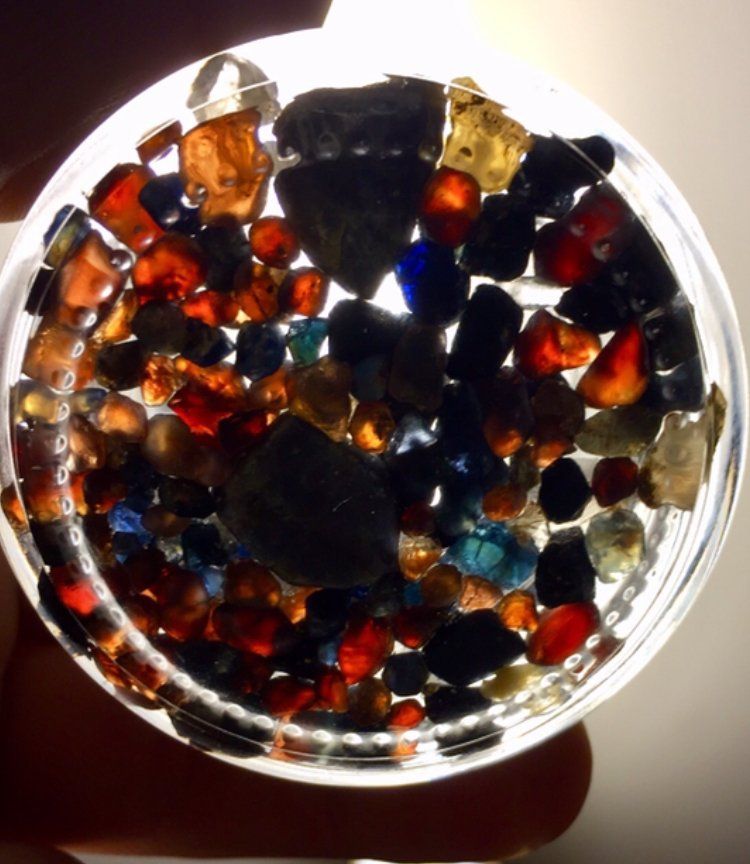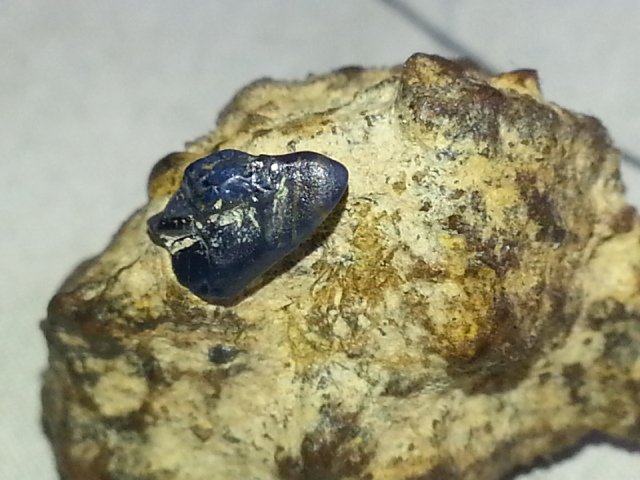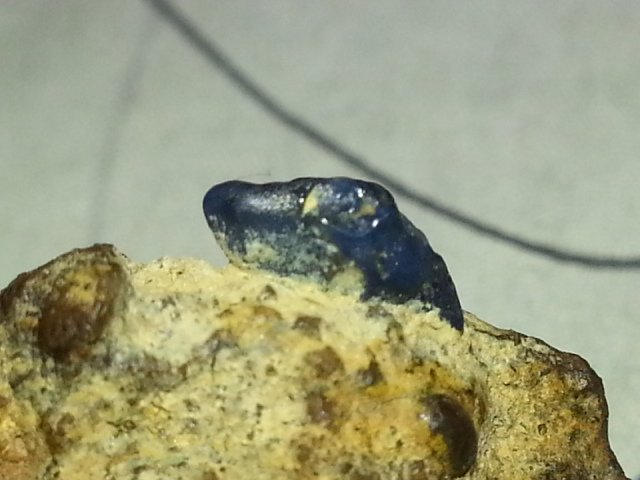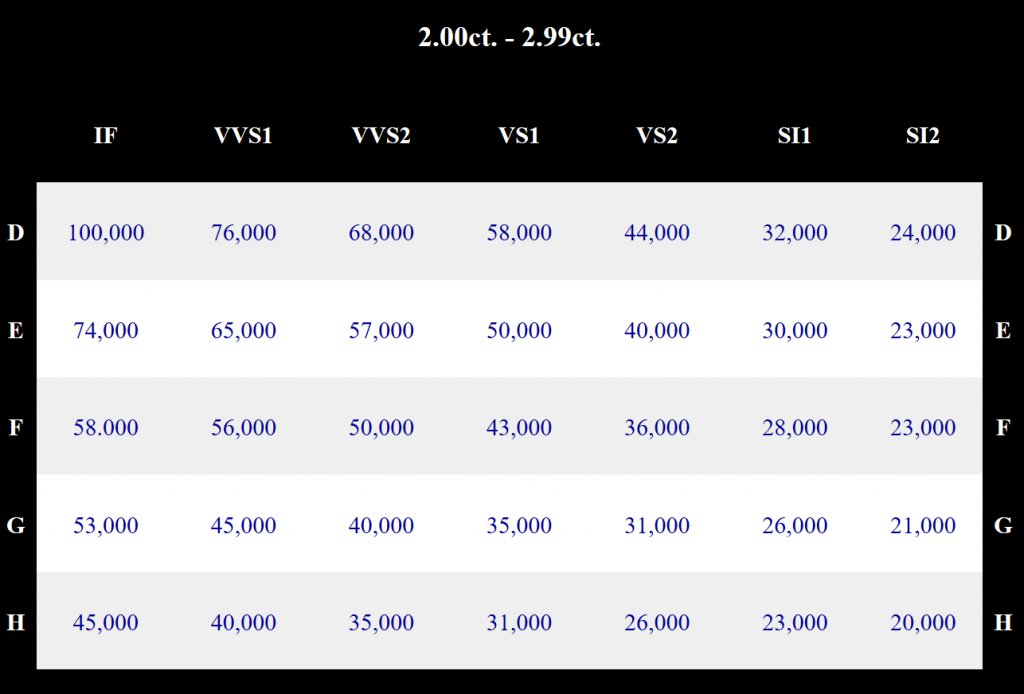goldierocks said:
I doubt that sapphires are rarer - we see them all the time in central Victoria but too small to cut in the main. I've never panned a diamond anywhere. However they are not all that rare in pipes, and De Beers would buy up competitors and close the mines, to control the flow onto the market. The best gem diamonds were on beaches in Namibia though - they had been carried hundreds of km down the Orange River to the sea and flawed diamonds broke up in the process, leaving mostly gems (gems are outnumbered by industrial diamonds in the pipes, although the giant gems are mostly from pipes).
It's an interesting question.
Global diamond production seems to outweigh global sapphire production - approx 30 000 tonnes for diamonds per annum versus around 26 000 tonnes per annum for sapphires.
But I have no idea how accurate these figures are. And I'm not sure of context - how much of either represents gem grade versus industrial grade etc. Certainly, a high percentage of sapphires recovered from mining are not gem quality and will never make it to the jewellers display window. Same for diamonds I expect.
Plus, diamond mining is highly mechanised and controlled by big cartels while sapphire mining is smaller scale and fragmentary. There could be more sapphires but they are mined by less efficient means so less end up on the market perhaps?
As you say, diamonds are not all that rare in kimberlite/lamproite pipes which I suppose you could call diamond "ore". I have never seen a sapphire pipe - they are scattered widely among trillions of tonnes of material. Examples of sapphires in host rock are pretty rare in Australia as far as I know at least. A member of this forum found one in a fist-sized piece of basalt in the New England area and apparently a geologist found one embedded in basalt near the summit of Mount Leura near the Anakie gemfields but those are the only examples I know of in this country. Though I have heard of a place in the US where very fine sapphires were recovered from host rock but were difficult and expensive to extract.
Whether it's correct or incorrect, there would have to be a reason that such a meme become widespread. Perhaps it's that sapphires are more common in the Earth's crust but that they are typically very thinly dispersed and not worth going after except in a handful of places where they occur in higher concentrations of larger and better stones?








